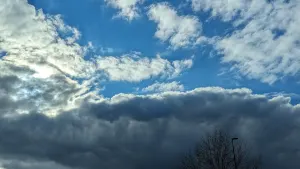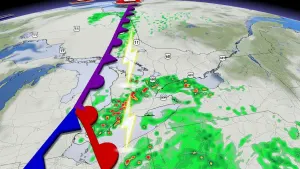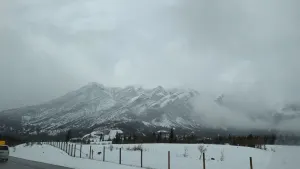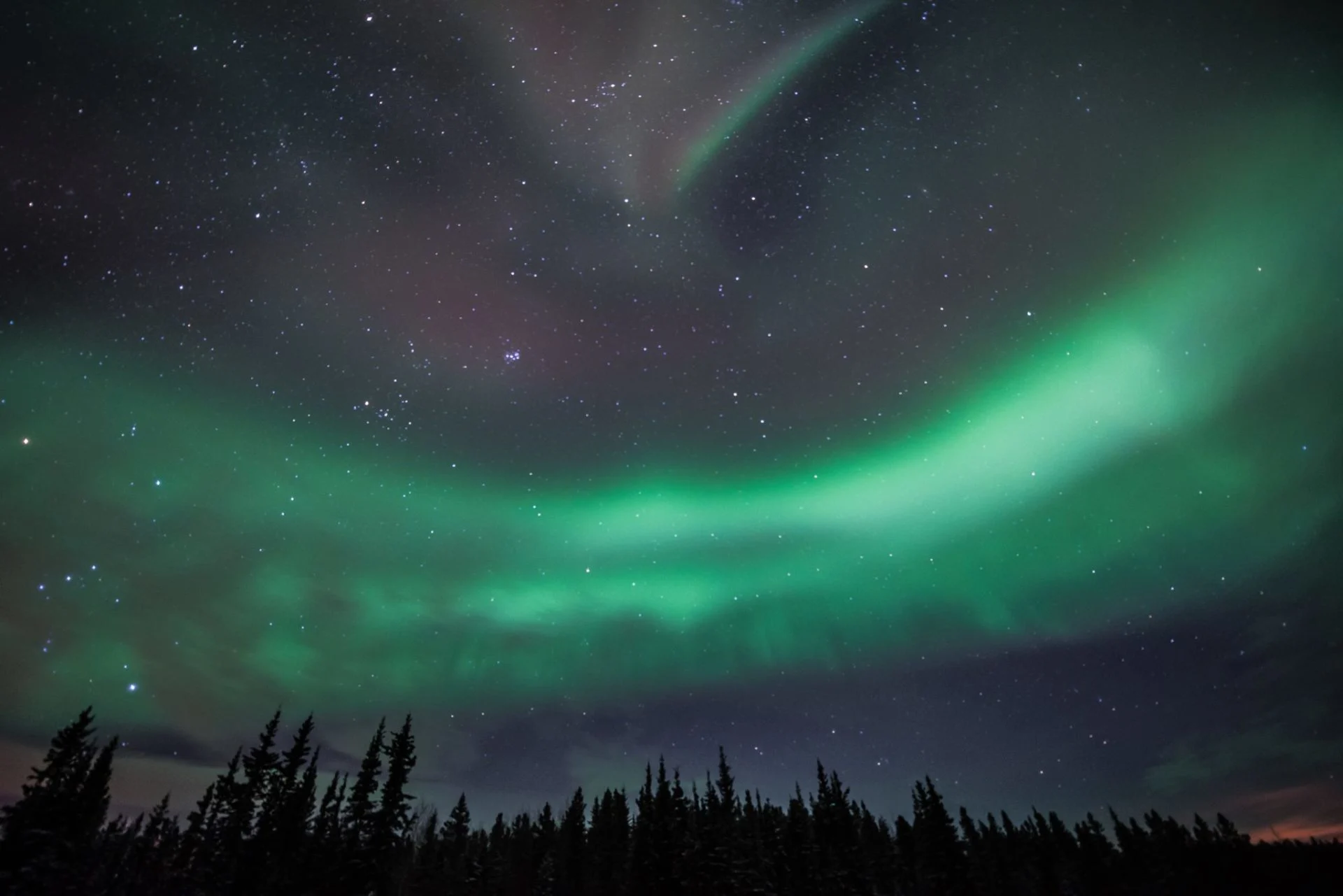
How earthquake detectors can be used to study northern lights
The study shows how existing technology can be used to study our world in new ways.
Seismometers—devices that detect ground motions caused by earthquakes, volcanic eruptions, and explosions—are also sensitive to magnetic fluctuations in the atmosphere.
While some scientists are trying to prevent magnetic influence from entering seismic data, a team at the University of Alaska Fairbanks has found a use for it.
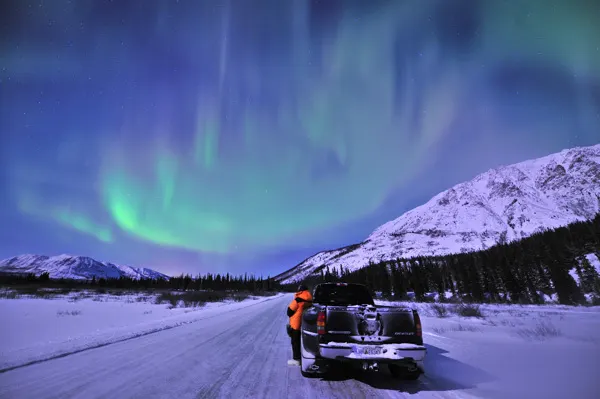
Stunning auroras spotted in Whitehorse, Yukon, on Jan. 16, 2011 (YASUSHI TANIKADO PHOTOGRAPHY/Submitted to The Weather Network)
In their research paper, they say seismometers can detect magnetic signals from aurora borealis.
The findings offer an example of how magnetic fluctuation sensitivity in seismometers may have a practical application and demonstrate how the devices could be paired with other technologies to study auroras.
Researchers say it's possible to match the lights to seismic signals, allowing experts to observe and study the phenomenon in new ways.
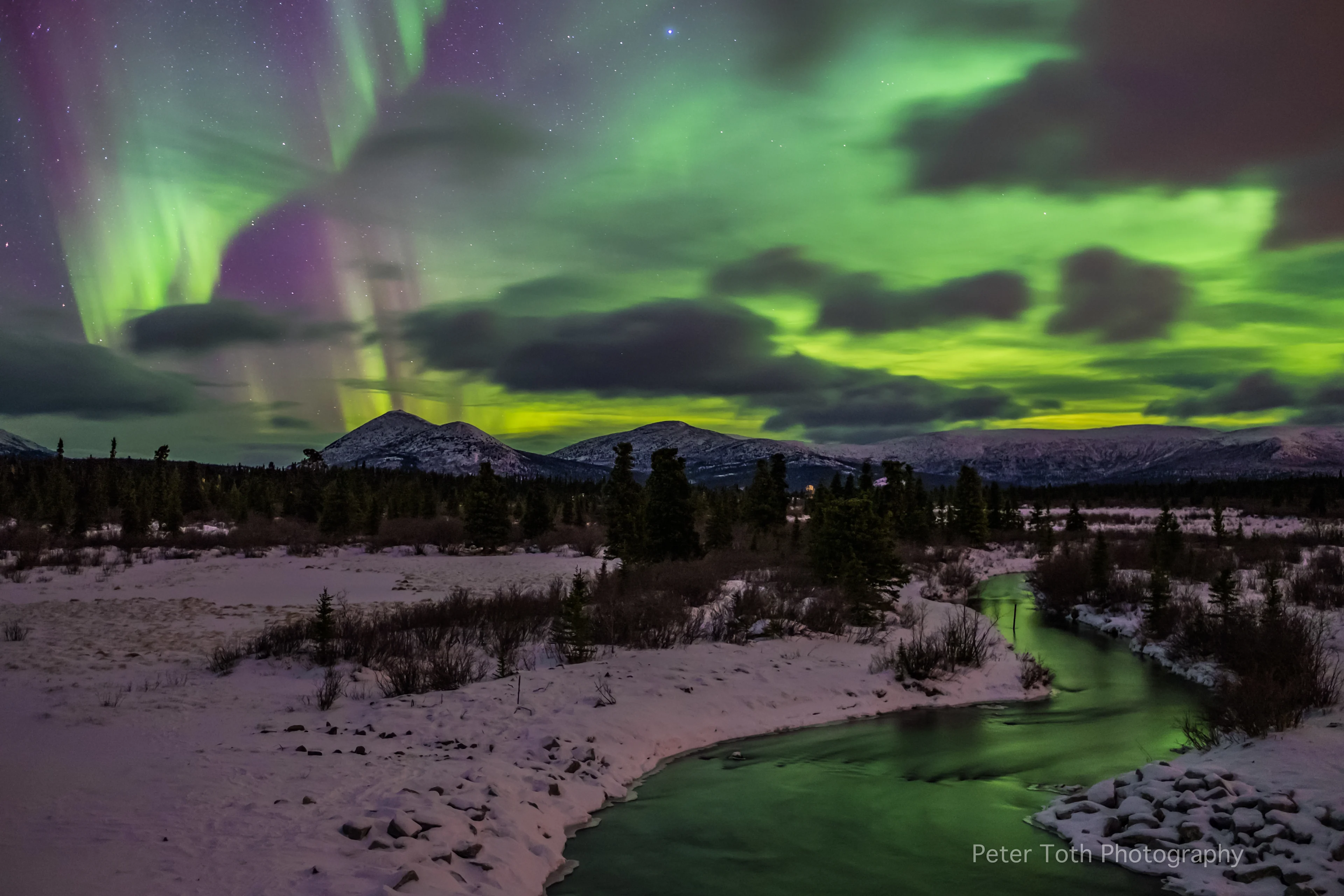
Northern lights captured in Whitehorse, Yukon, on Dec. 31, 2015 (Peter Toth/Submitted to The Weather Network)
The seismometers used in the study are part of the USArray Transportable Array, a network of hundreds of temporary seismometers placed across North America -- including more than 200 in Alaska, where the study's data came from.
Scientists first discovered the link between the northern lights and magnetic perturbations in Sweden in 1741, and a seismometer in Germany detected an atmosphere-generated magnetic event during a solar storm in 1994.
But the findings show there are new ways to apply that knowledge.
"People have been making these connections for 250 years," Tape said. "This shows that we can still make discoveries, in this case with seismometers, to understand the aurora."
WHAT ARE THE NORTHERN LIGHTS?
Northern lights -- or aurora borealis -- occur when solar particles collide with the Earth's atmosphere. You can find them in a variety of colours, from reds, to purples, greens, and yellows. This variety is the result of different types of gas particles in the atmosphere, as well as the wavelength of light that's emitted, according to NASA.
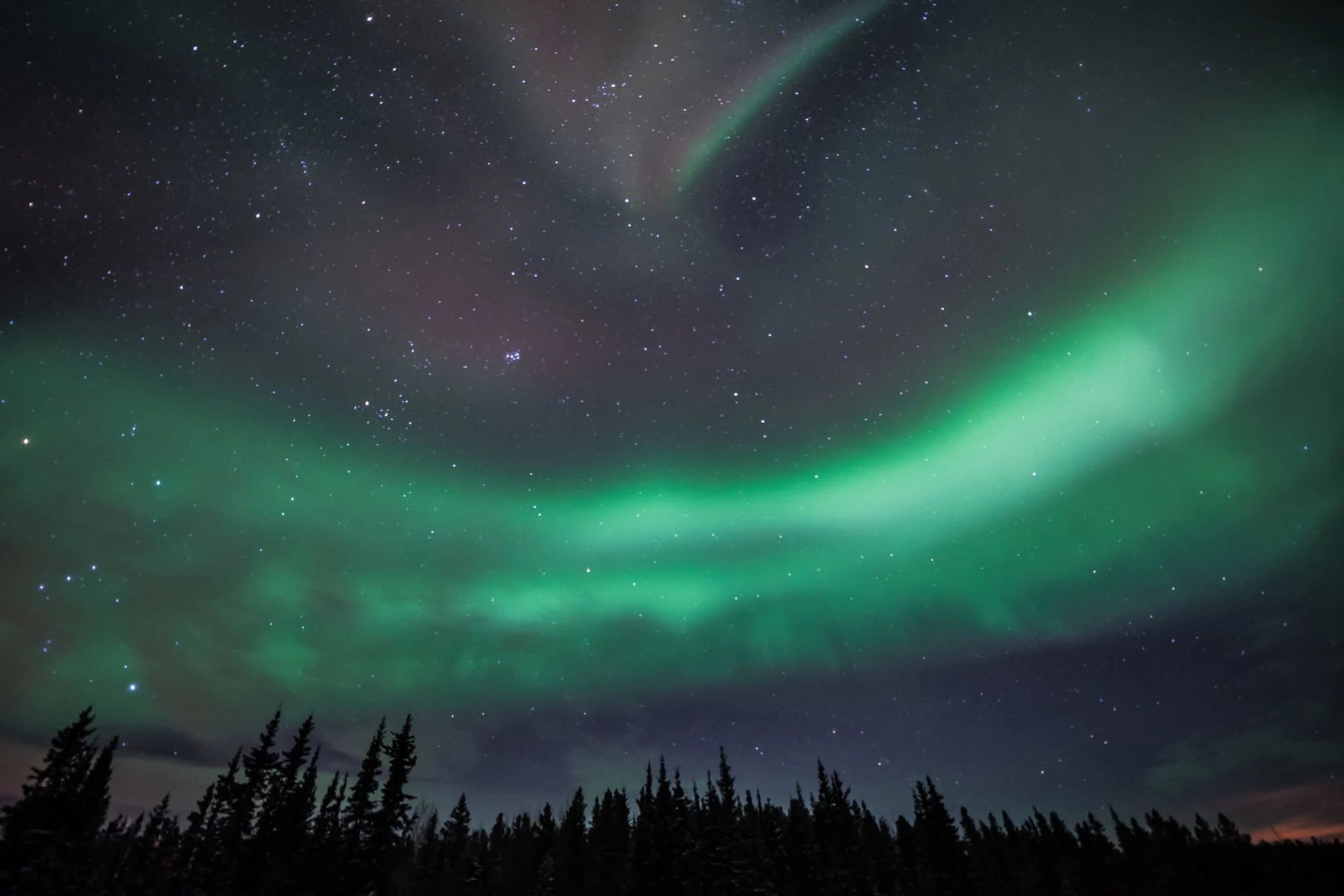
Northern lights captured in Whitehorse, Yukon, on Nov. 14, 2015 (Peter Toth/Submitted to The Weather Network)
Two of the most common elements in the Earth's atmosphere -- oxygen and nitrogen -- create different types of northern lights. Oxygen is responsible for green and yellowish-green auroras. Blue, purple and reddish-purple auroras are rare in comparison. They're created with the help of nitrogen.







